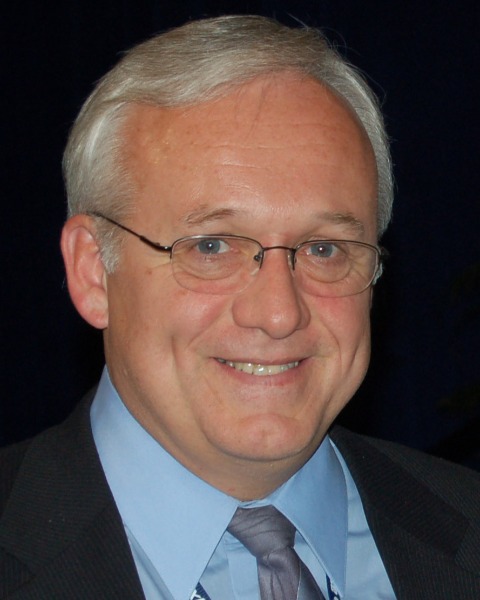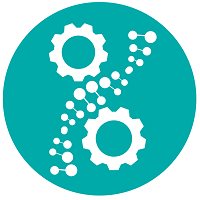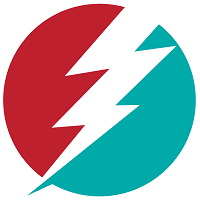Back
Manufacturing & Analytical Characterization – Chemical
Session: Rapid Fire: Analytical and Predictive Approaches in Drug Development and Manufacturing (CE)
Potential Impact of the EU TiO2 Food Ban on Pharmaceuticals
Monday, October 17, 2022
3:45 PM – 4:00 PM ET
Location: 206 AB

David R. Schoneker, M.S.
President/Owner/Consultant & Vice Chair of IPEC-Americas QbD Committee
Black Diamond Regulatory Consulting/IPEC-Americas
Lansdale, Pennsylvania
Rapid Fire Speaker(s)
IPEC-Americas has been following what has been happening in Europe related to titanium dioxide for a number of years.
The European ban on the use of titanium dioxide for food use has called into question its use in
pharmaceutical products because its pharmaceutical use was predicated on its approval for food use. The
European ban is not based on hard science, but rather the precautionary principle. There is no hard
evidence from scientifically credible studies that titanium dioxide represents a real safety hazard in either
the short or long term. If the ban is extended to pharma, then tens of thousands of products would have to
be reformulated. In some cases, particularly with older products, and low volume products, it may not be
economically feasible to reformulate, and the products will simply be withdrawn from the EU market to the
detriment of patients, particularly for some orphan diseases. The cost of a major reformulation, a SUPAC
level III change in the US and a Level IA or II variation in Europe may be up to 0.5 to 1.5 million Euros per
product depending on drug complexity. This is not a trivial cost for any product. In summary, a ban on the
use of titanium dioxide in pharma products is not based on hard scientific evidence and will likely adversely
affect patients without any actual improvement in patient safety that can currently be documented. What does
industry need to do to make sure that good science is the basis of any decisions related to the use of titanium
dioxide. This presentation will provide an overview of this developing situation and the actions being taken by industry to ensure that good science be the basis of any further decisions concerning the use of TiO2 in pharmaceuticals.
The European ban on the use of titanium dioxide for food use has called into question its use in
pharmaceutical products because its pharmaceutical use was predicated on its approval for food use. The
European ban is not based on hard science, but rather the precautionary principle. There is no hard
evidence from scientifically credible studies that titanium dioxide represents a real safety hazard in either
the short or long term. If the ban is extended to pharma, then tens of thousands of products would have to
be reformulated. In some cases, particularly with older products, and low volume products, it may not be
economically feasible to reformulate, and the products will simply be withdrawn from the EU market to the
detriment of patients, particularly for some orphan diseases. The cost of a major reformulation, a SUPAC
level III change in the US and a Level IA or II variation in Europe may be up to 0.5 to 1.5 million Euros per
product depending on drug complexity. This is not a trivial cost for any product. In summary, a ban on the
use of titanium dioxide in pharma products is not based on hard scientific evidence and will likely adversely
affect patients without any actual improvement in patient safety that can currently be documented. What does
industry need to do to make sure that good science is the basis of any decisions related to the use of titanium
dioxide. This presentation will provide an overview of this developing situation and the actions being taken by industry to ensure that good science be the basis of any further decisions concerning the use of TiO2 in pharmaceuticals.
Learning Objectives:
- Upon completion, participant will understand the real facts about TiO2 safety and the possibilities of the precautionary EU food ban being extended to pharmaceuticals.
- Upon completion, participant will be able to realize what this could mean to patient access to critical drugs in the EU and what is the potential for a similar ban occurring in other countries.
- Upon completion, participant will be able to identify what a ban of TiO2 in pharma would mean to global pharmaceutical development regarding reformulation of thousands of existing products and the associated regulatory reviews which would be needed.


